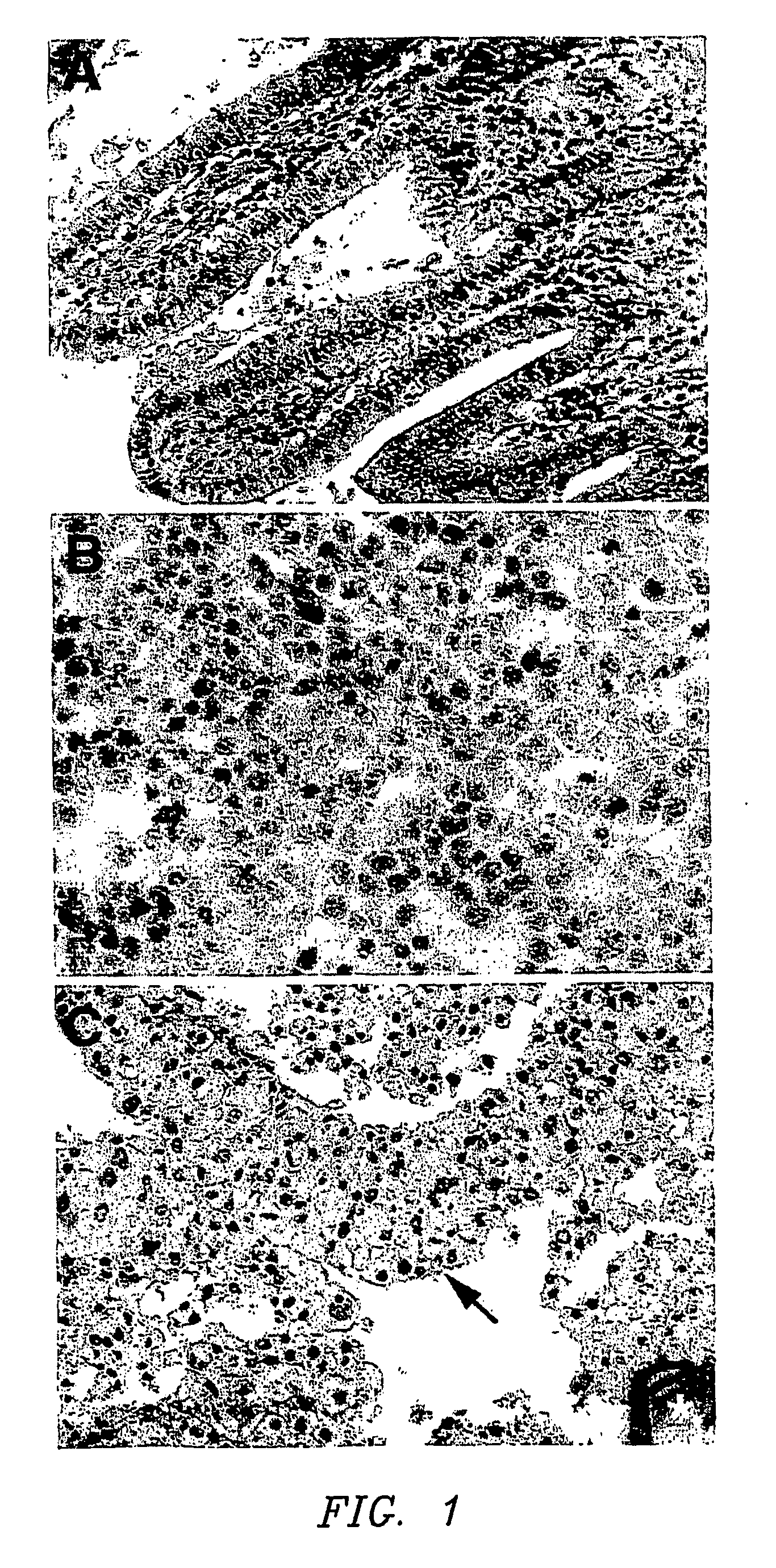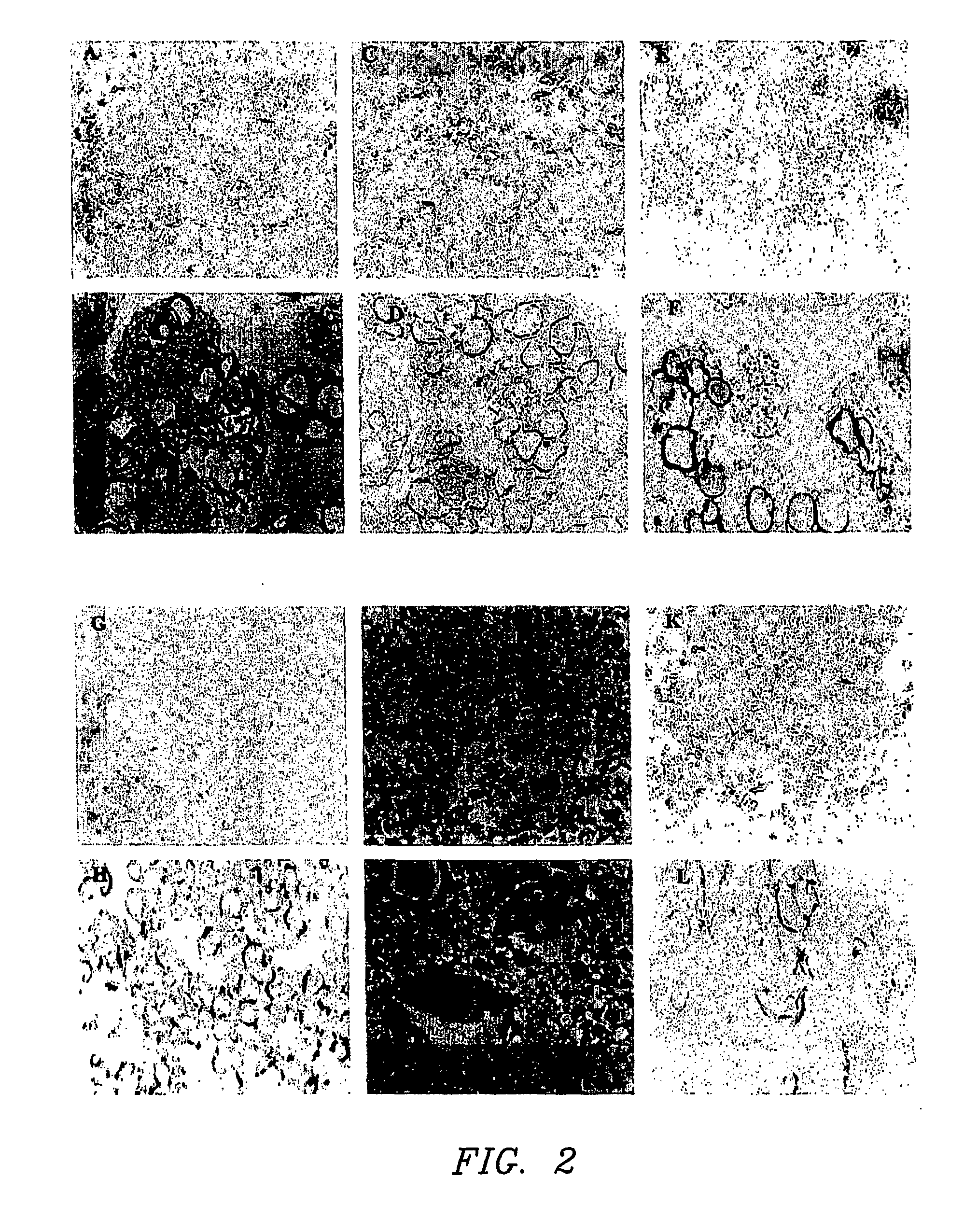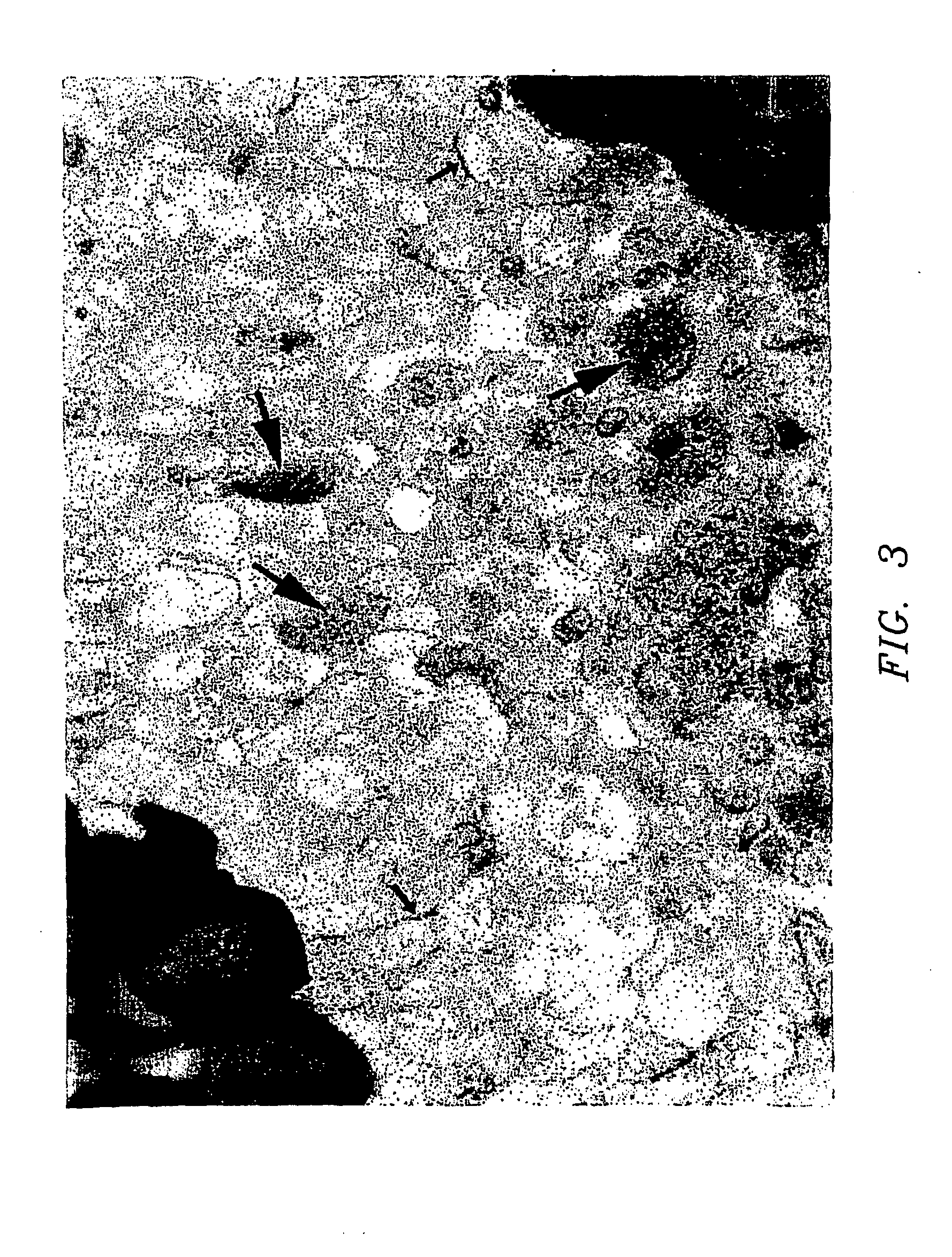Methods for modeling infectious disease and chemosensitivity in cultured cells and tissues
a technology of infectious diseases and cultured cells, applied in the field of microbiology, infectious diseases and drug toxicity, can solve the problems of inability to model the best conditions faced by tissue culture models, limited conclusions about the interaction between pathogens and host epithelium using cultured epithelial cells, and many of the characteristics of animal models fail to mimi
- Summary
- Abstract
- Description
- Claims
- Application Information
AI Technical Summary
Problems solved by technology
Method used
Image
Examples
Embodiment Construction
[0023] The present invention relates to the growth of cells in a suspension culture that due to low shear and low operational turbulence minimizes mechanical cell damage and allows cells to associate into three-dimensional structures, thereby promoting cellular differentiation. In an aspect of the invention, the three-dimensional cell structures (or 3-D aggregates) are used to study microbial infectivity from the perspective of the host-pathogen interaction. In another aspect of the invention, the three dimensional cell structures are used to study the chemosensitivity of the 3-D tissue mass to chemotherapeutic agents and toxins.
[0024] The present invention further relates to the use of a bioreactor for the growth of cells in a suspension culture, wherein the shear levels are defined. Specifically, cell culture is carried out in the bioreactor under conditions of applied shear, Coriolis forces applied, with cells falling at a terminal velocity. This tissue culture approach permits t...
PUM
| Property | Measurement | Unit |
|---|---|---|
| Fraction | aaaaa | aaaaa |
| Time | aaaaa | aaaaa |
| Time | aaaaa | aaaaa |
Abstract
Description
Claims
Application Information
 Login to View More
Login to View More - R&D
- Intellectual Property
- Life Sciences
- Materials
- Tech Scout
- Unparalleled Data Quality
- Higher Quality Content
- 60% Fewer Hallucinations
Browse by: Latest US Patents, China's latest patents, Technical Efficacy Thesaurus, Application Domain, Technology Topic, Popular Technical Reports.
© 2025 PatSnap. All rights reserved.Legal|Privacy policy|Modern Slavery Act Transparency Statement|Sitemap|About US| Contact US: help@patsnap.com



